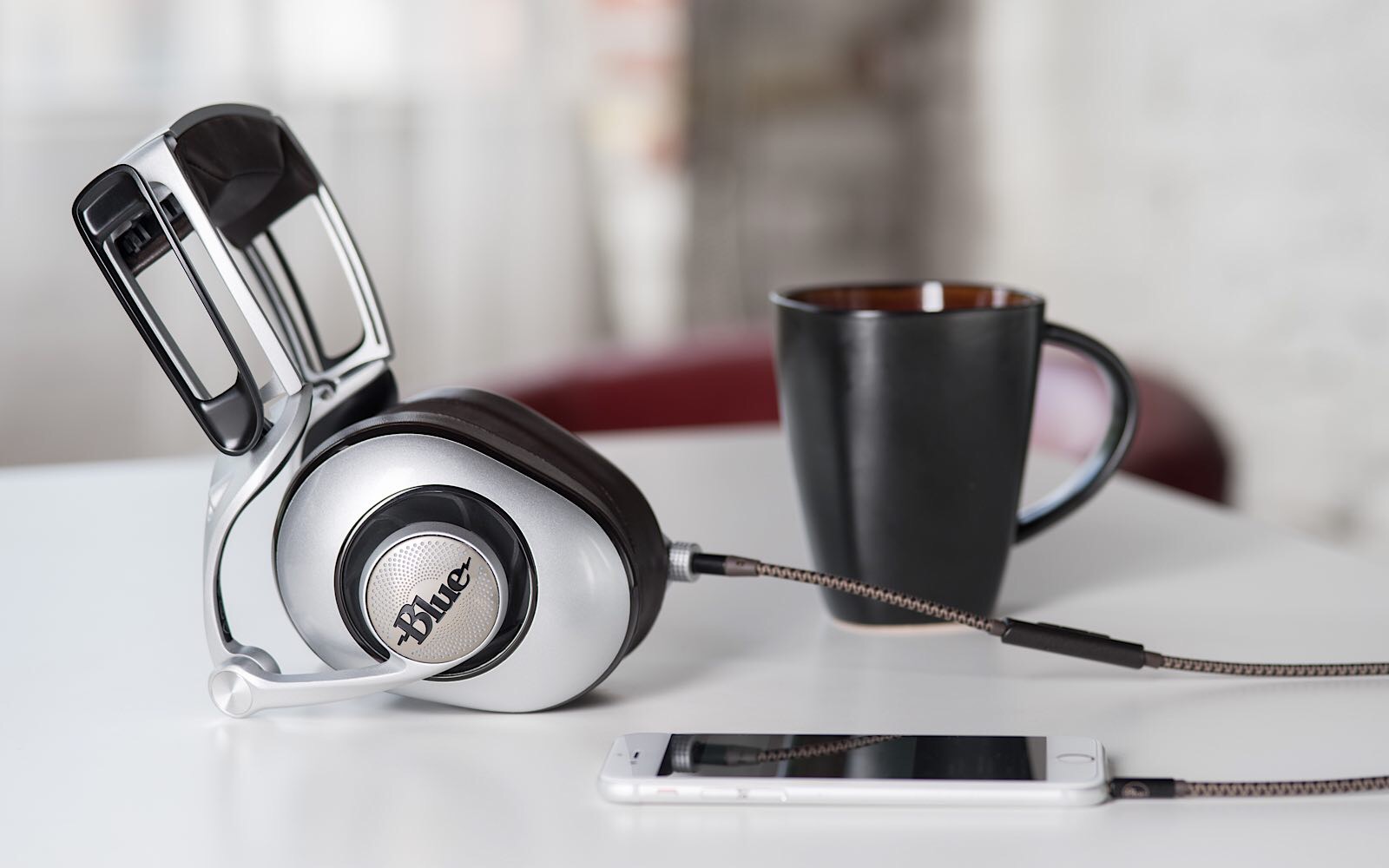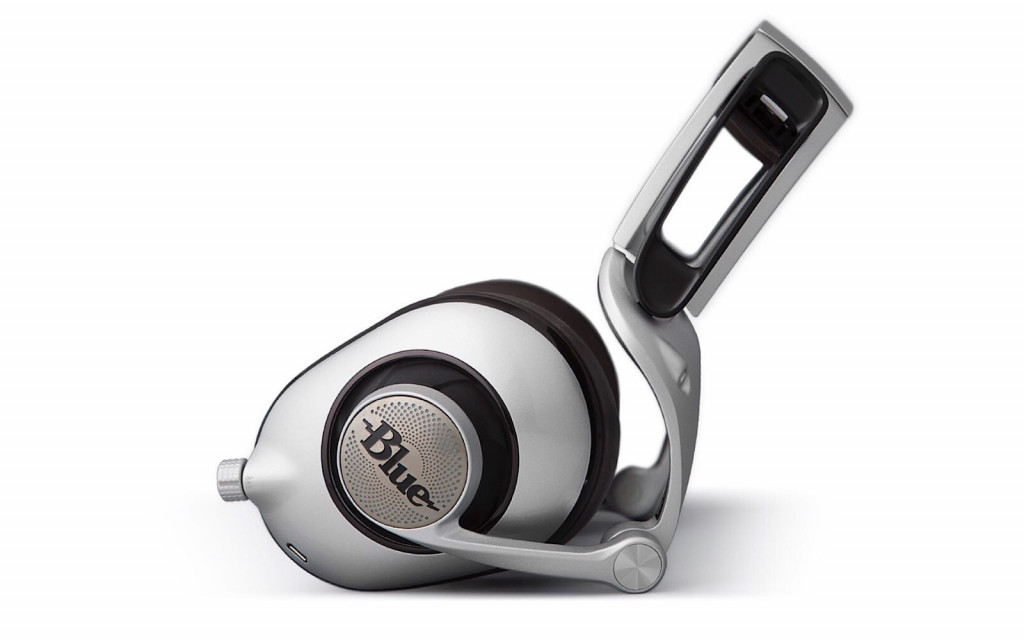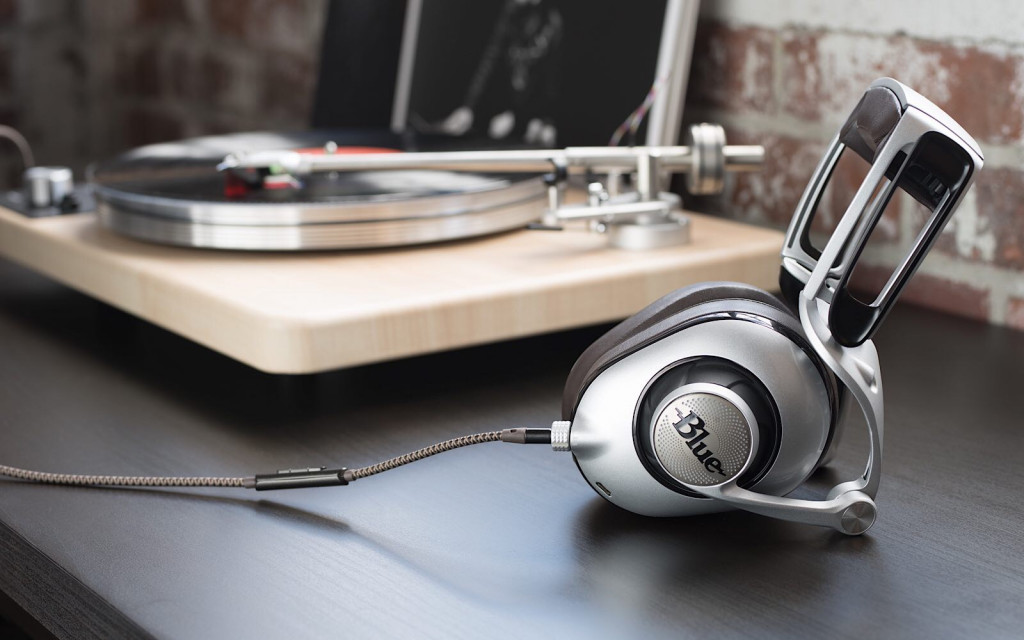There’s a big new headphone coming to Australia this month, and it brings a planar magnetic driver, but unsurprisingly, it ain’t cheap.
If you’re a fan of high quality headphones, you probably know two things that tend to hold true about headphone quality:
- Headphone quality is all subjective, and
- Great headphones usually aren’t cheap
That last one is particularly important, because the moment you start talking about great quality, you leave the $300 maximum and start moving towards $500, $800, and even beyond it.
Headphones made for high-end audio, particularly audio sources coming from lossless audio, amplifiers, and made to work with things like a record player push that even more, and while they tend to require the cord and won’t go for Bluetooth, they tend also go for larger drivers and bigger detail across the board.
One type of driver that is known to get attention is the planar magnetic driver, a headphone type that is a little bit rarer and is built a little Iike a standard headphone driver, but then also nothing like one. While standard dynamic headphone drivers use an electromagnet with a wired and wound coil, planar magnetic drivers connect that principle with that of electrostatic drivers, using a sliver of material in between with thin wires, creating a magnet that is assembled flat, or on a plane.
That slim piece of material on the inside acts as the headphone diaphragm and can be used to create more range, though your use case may vary since it can be entirely dependent on your hearing quality, the source material, and so on and so on.
For the most part, planar magnetic drivers are regarded in the audio world quite highly, and so they tend to be produced by only a few brands.
Audeze is known for them, as is Fostex, and Oppo Digital produced some fantastic pairs of planar magnetic headphones up until Oppo Digital pulled the plug on itself.
But this week, Australia has another source for planar magnetic headphones, as microphone and headphone maker Blue enters the planar magnetic fray.
Like all its previously released headphones, the new pair is a particularly large set shaped to fit around the hear, and like the others, it comes with a rather human name.
This pair is called the “Ella”, and just like the previous Blue headphones we’ve written about, it comes with Blue’s special feature: an amplifier built directly into the design.
That’s likely to cut down on your need to bring a bigger amplifier to the table, and means that you should be able to plug the Blue Ella headphones into any source — phone, lossless media player — and get a solid volume out of it.
Blue’s amp works with the planar magnetic drivers inside, which Blue says are 50x50mm and “self-tensioned for fast response and extreme accuracy”, which should bode well for audio reproduction.
“Ella is a planar magnetic headphone with a twist—it delivers both superior detail and musical impact,” said John Maier, CEO of Blue Microphones.
“Typical planar magnetic headphones sacrifice impact to achieve higher levels of detail, leaving a sound that’s more clinical than emotional. And traditional dynamic headphones are great at delivering the power and punch that most of us are used to but can’t transmit the detail planar does,” he said.
“Ella is the first headphone that combines the best of both worlds to offer both punch and precision.”
While Blue’s Ella may well be the first pair of planar magnetic headphones to include an amplifier, it does share something in common with other planar magnetic headphones: the price.
In fact, at a recommended retail price of $1299, Blue is pretty much playing in the territory of other planar magnetic headphone brands like Audeze.
You’ll find them in a few stores across Australia, though, with online shops like Kogan, and brick and mortar shops like Harvey Norman the first to get them.








